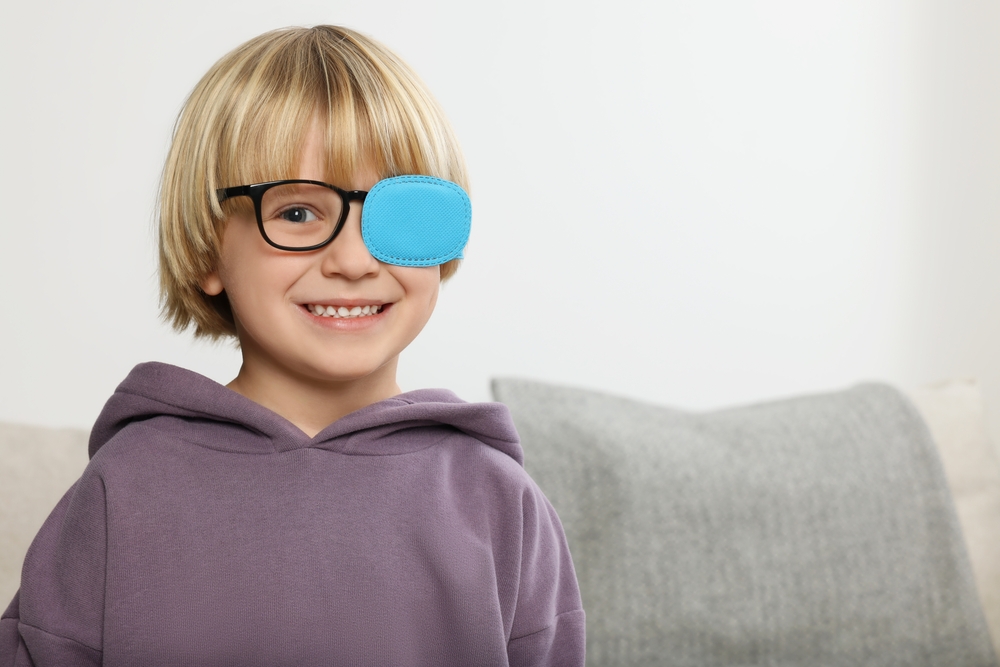How Does Vision Therapy Help with Conditions Like Lazy Eye or Strabismus?

How Does Vision Therapy Help with Conditions Like Lazy Eye or Strabismus?
Vision problems such as lazy eye (amblyopia) and strabismus (eye turn) can significantly impact a person’s visual development and day-to-day functioning. While glasses or even surgery are sometimes recommended, many patients also benefit from a non-invasive treatment option known as vision therapy. At Texas State Optical, we believe in a personalized approach to eye care, and for many patients, vision therapy plays an important role in improving visual performance.
Understanding Lazy Eye and Strabismus
Lazy eye occurs when one eye does not achieve normal visual acuity, even with prescription lenses. The brain begins to favor the stronger eye, weakening the connection with the other. Strabismus, on the other hand, involves a misalignment of the eyes where one eye may turn in, out, up, or down. This can cause double vision, depth perception issues, and confusion in visual processing. Both of these conditions often develop during childhood, but with proper diagnosis and treatment, improvements are possible at any age.
What Is Vision Therapy?
Vision therapy is a customized program of visual activities designed to correct certain vision problems and improve visual skills. It’s often compared to physical therapy, but for the eyes and brain. Rather than focusing solely on eye strength, it targets how the brain processes visual information and how both eyes work together.
How Vision Therapy Helps with Lazy Eye
For patients with lazy eye, vision therapy helps by re-training the brain to use the weaker eye more effectively. This is often done through:
Eye patching of the stronger eye to encourage use of the weaker one
Visual tasks that require both eyes to work together
Digital programs and tools that strengthen eye-brain communication
Over time, this can improve visual acuity in the weaker eye and restore binocular vision.
How Vision Therapy Helps with Strabismus
In the case of strabismus, vision therapy focuses on helping the eyes learn to align and work together properly. Activities are designed to:
Train the brain to fuse the two images it receives from each eye
Improve eye coordination and control
Enhance depth perception and spatial awareness
In some cases, vision therapy may be recommended after eye muscle surgery to reinforce proper alignment and prevent regression.
A Tailored Approach at Texas State Optical
Vision therapy offers a safe, effective, and non-surgical path to improving visual function for those struggling with conditions like lazy eye or strabismus. At Texas State Optical, our doctors use advanced diagnostic tools to evaluate how your eyes are working together and create a treatment plan accordingly. Consistency and regular monitoring are key, and we work closely with patients and their families to ensure progress every step of the way.
To learn how vision therapy can help treat amblyopia and strabismus, schedule a consultation at Texas State Optical today. Visit our office in Fredericksburg, Texas, or call (830) 992-3286 to book an appointment.


